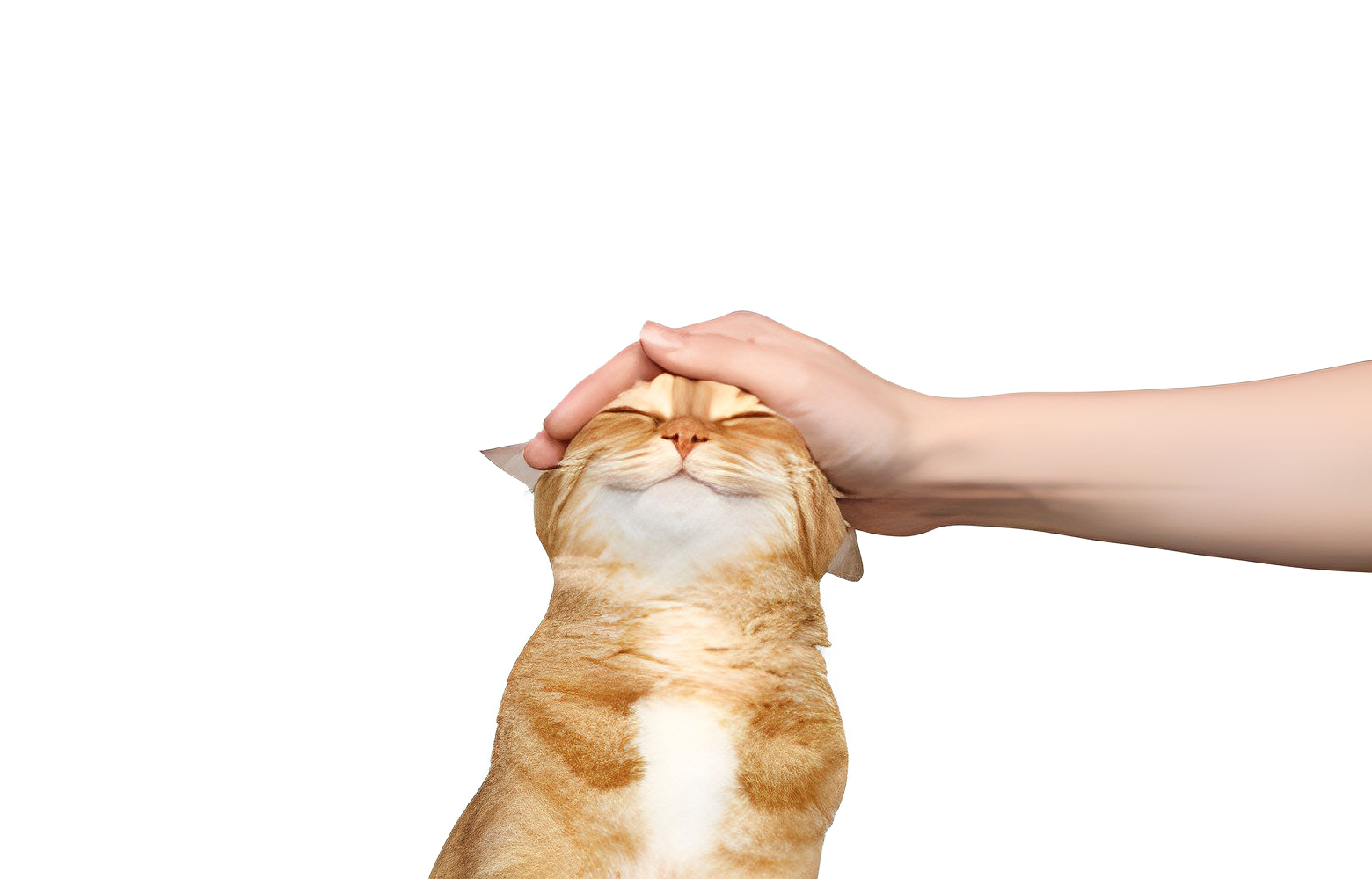Cats, those enigmatic and charming companions, have graced our homes with their presence for centuries. If you find yourself fortunate enough to share your living space with a feline friend, you’ve likely wondered about the secrets to not just keeping them content, but genuinely happy. Cats, known for their independent and mysterious nature, may not wear their emotions on their sleeves like dogs, but they do have unique ways of communicating their needs and desires. In this comprehensive guide, pet barn will delve deep into the intricacies of feline happiness, exploring the importance of understanding their behavior, providing proper care, and creating an environment that caters to their instincts.
1. Nutrition: The Foundation of Feline Well-being
A cat’s health and happiness start with their diet. Unlike some other pets, cats are obligatory carnivores, meaning their diet should primarily consist of meat. When selecting cat food, prioritize high-quality options that meet their nutritional needs, including essential proteins and fats. Regular veterinary check-ups are crucial for tailoring their diet to their specific requirements, considering factors such as age, weight, and any existing health conditions.
In addition to commercial cat food, consider introducing some variety into their diet with occasional treats of cooked meat or specially formulated catnip-infused treats. Just be cautious with portion sizes, as maintaining a healthy weight is vital for your cat’s overall well-being.
2. Interactive Playtime: Fulfilling Natural Instincts
Cats are natural hunters, and incorporating playtime into their daily routine helps satisfy this instinct. Interactive toys that mimic prey, such as feather wands and laser pointers, can engage your cat in activities that allow them to stalk, pounce, and bat at objects. This not only keeps them physically active but also strengthens the bond between you and your feline companion.
The variety of toys available is vast, so experiment to find what captures your cat’s interest. Rotating toys regularly can also prevent boredom, ensuring that playtime remains a stimulating and enjoyable experience.
3. Creating a Comfortable and Stimulating Environment
Cats are curious creatures who love to explore and observe their surroundings. To keep your cat happy, provide them with plenty of cozy spots for napping, perching, and observing the world around them. Cat wall and Cat trees with scratching posts cater to their climbing and scratching instincts, and strategically placed shelves or window perches can offer elevated vantage points.
Consider introducing stimulating elements to their environment, such as puzzle feeders or hidden treats, to encourage mental engagement. Additionally, placing bird feeders outside windows can provide entertainment and visual stimulation for your indoor cat.
4. Litter Box Nirvana: Ensuring a Clean and Accessible Space
A clean and easily accessible litter box is crucial for your cat’s happiness and well-being. Cats are meticulous groomers, and they appreciate a tidy environment. Scoop the litter box daily and choose a location that offers privacy while remaining easily accessible.
Experiment with different types of litter to find what your cat prefers. Some cats have strong preferences for clumping or non-clumping litter, scented or unscented varieties. The goal is to create a comfortable and inviting space that meets your cat’s hygiene standards.
5. Grooming and Affection: Strengthening the Human-Feline Bond
While cats are known for their grooming habits, they may still benefit from some human assistance. Regular brushing not only helps prevent matting and reduce hairballs but also provides an opportunity for bonding. Choose a brush suitable for your cat’s coat type and make grooming sessions a positive experience by offering treats and gentle praise.
In addition to grooming, shower your cat with affection through petting and scratching. Pay attention to their body language, as some cats may prefer gentle strokes, while others may enjoy more vigorous petting. Building a strong bond through regular affectionate interactions contributes significantly to your cat’s overall happiness.
6. Respect Their Independence: Providing Personal Space
Cats are renowned for their independent nature, and respecting their need for personal space is essential. While many cats enjoy cuddling, ensure they have a quiet retreat where they can escape when they need some time alone. This could be a cozy bed in a secluded corner or a covered hideaway.
Observing your cat’s body language is crucial in understanding when they’re in the mood for interaction and when they prefer solitude. Creating a balance between affection and respecting their independence contributes to a harmonious relationship.
7. Routine and Consistency: Establishing Security and Predictability
Cats thrive on routine, and sudden changes can lead to stress. Establishing a consistent daily schedule for feeding times, playtime, and other activities helps create a sense of security and predictability for your feline friend. Cats feel most comfortable when they know what to expect, so try to keep disruptions to their routine to a minimum.
8. Provide a Safe Outdoor Experience: If Possible
If your living situation allows, consider creating a safe outdoor space for your cat to explore. This could be a screened-in porch, a secure outdoor enclosure, or even a leash and harness for supervised outdoor adventures. The sights, sounds, and smells of the outdoors can be enriching for your cat, providing additional mental stimulation and a change of scenery.
9. Monitoring and Responding to Behavioral Cues
Understanding your cat’s behavior is crucial in deciphering their needs and emotions. Pay attention to subtle cues such as body language, vocalizations, and changes in eating or grooming habits. If you notice any unusual behavior, consult with your veterinarian to rule out any underlying health issues.
10. Continuous Learning: Evolving with Your Cat’s Needs
Cats, like humans, undergo changes as they age. Staying attuned to your cat’s evolving preferences and adapting your care routine accordingly is essential. Senior cats may require adjustments to their diet, increased veterinary check-ups, and modifications to their environment to accommodate any mobility issues.
In conclusion, unlocking the secrets to keeping your cat happy and content involves a holistic approach that addresses their physical, mental, and emotional needs. By incorporating these tips into your daily cat care routine, you’ll create an environment that not only meets their basic requirements but also fosters a deep and enduring bond. A happy cat is a healthy cat, and a healthy cat is a cherished companion for years to come.

